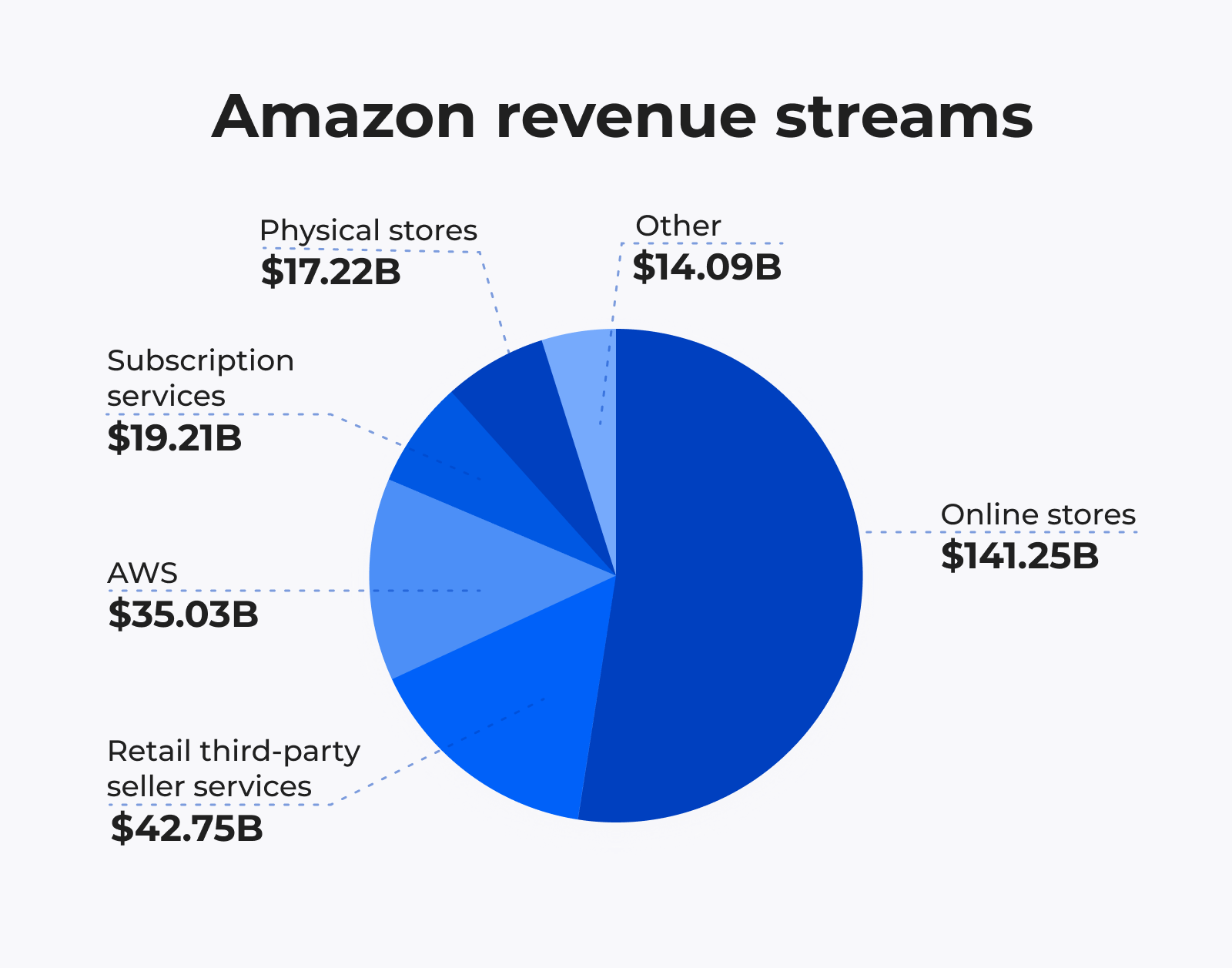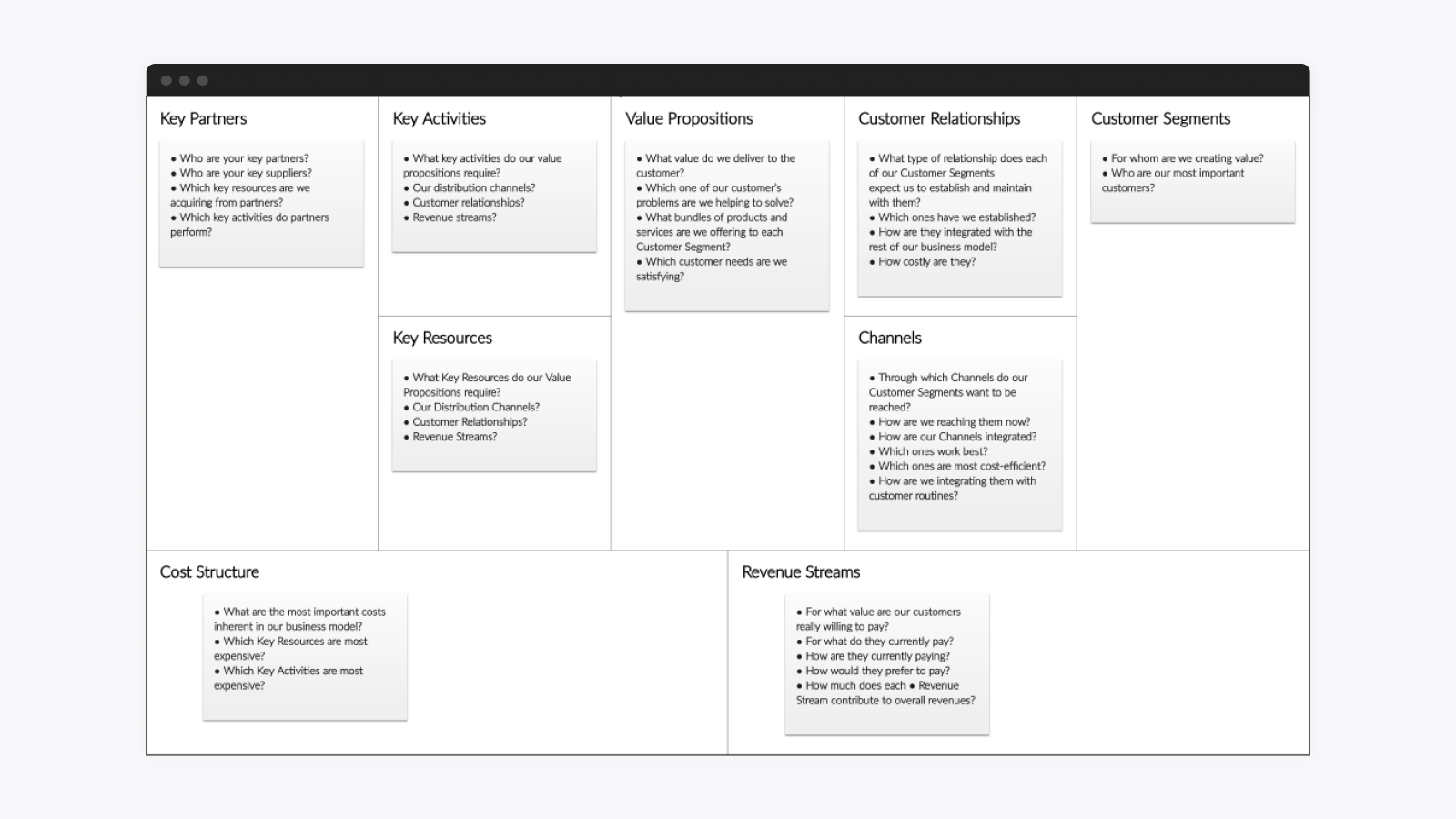How to Select an IT Startup Business Model and Succeed?
A startup will be prosperous if you lay the basis defining a company business model and stating how your company works, what’s its direction, and how you’ll get an income from it. Selecting a monetization way will be the first step in such a process.
This article is prepared for you to consider how to launch your own IT startup, which business model to choose, and define other essential issues.
Selecting a Business Model For a Startup: What to Take Into Account?
To begin with, let’s find out the essence of a business model for a startup company. This is a startup’s organization’s documented plan containing its simplified view, product/service it offers, future customers, ways to generate profit, and upcoming expenditures.
For diving deeper into a business model subject, let’s take a look at the example of UberEats. It sends the customer’s order to the restaurant and solves the delivery issues. People send money to Uber, it takes a particular fee and gives the rest to the cafe.
The question is how to choose the most suitable business model for your startup and what to keep in mind? Let’s find it out.
Core audience
Don’t hurry to launch an IT startup company. First off, ensure that your product/service is in-demand.
From its very beginning, Uber strived to compete, acquire market share, and drive a rising number of consumers just after its launch. It was an understandable step because people needed high-quality and cheap taxis, but the correspondent market wasn’t client-oriented.
Uber collects passenger and driver data in order to deliver the best services to its clients. This approach aids in the elimination of customer errors, fraudsters, and other annoying problems.
Possible buyers/customers
Is your software startup concept unique? Who will use your products/services to solve their problems? Answer these questions to avoid failure.
There are the following common consumer categories: millennials, business persons, and parents if to take the edible product’s market as an example. All the above customer categories are pretty busy, so they eat out because of time pressure. Therefore, such services as GrubHub or UberEats help them solve an eating problem.
Competitors
If there is an existing product/service similar to yours one in a chosen niche, you should not reinvent the wheel. Just realize your concept better than the rivals.
For example, Glovo and Uber Eats are both grocery delivery services, but they work differently from each other. UberEats couriers deliver customers only food orders, while Glovo workers are engaged in restaurant food delivery, drugs one, etc.
Income sources
Launching an IT startup, think out ways to gain an income, and keep in mind that your business model can contain several income sources. Amazon, for example, promotes its own goods and charges merchants that use their platform.
Business Model Canvas: What is It?
You may use the sections of the Business Model Canvas (BMC) – a template that will help you precisely identify your future business model components.
The essential elements BMC includes are the following:
- Main activities
- Key partners
- Relationships with consumers
- Unique selling point
- Channels
- Price structure, etc.
TOP-5 Popular Startup Business Models
We looked through different data sources and chose the most up-to-date business models for IT startups.
Freemium model
It is used by services like Spotify, Evernote, or Skype, representing the platform’s basic functionality for free to the customers and advanced features – on a paid basis. Moreover, social gaming firms typically upgrade games with hard levels according to the Freemium business model.
Advertising model
According to it, your service/product is free, but you can gather money while offering the goods or services via advertisements to people. Facebook or Google works this way, receiving money from ads representation.
Reseller model
This model allows entrepreneurs to gain profit selling and representing the goods of the partner companies. The difference between the price for selling and cost for buying the thing will be the sellers’ profit. Amazon is an example of acting upon the reseller business model.

Subscription model
Companies can easily predict the upcoming profit based on the number of customers subscribed. They can make monthly payments (which is cheaper compared to one-time purchases) for having access to the company product/service and being aware of its upgrades.
Companies like Amazon Prime, Netflix, or New York Times use the subscription model, which helps them maintain their customer flexibility choices.
Bottom Line
We’ve covered only the basics of selecting the best suitable business model for your software startup company. To learn more about it, you can contact a skilled IT partner. The experts will offer you comprehensive information responding to all the business questions you can have and assist you in creating your IT startup.
